18.02.2021
On the surface and beneath. Maria Mavropoulou’s reflection on the eerie world of our digital lives
Visual arts
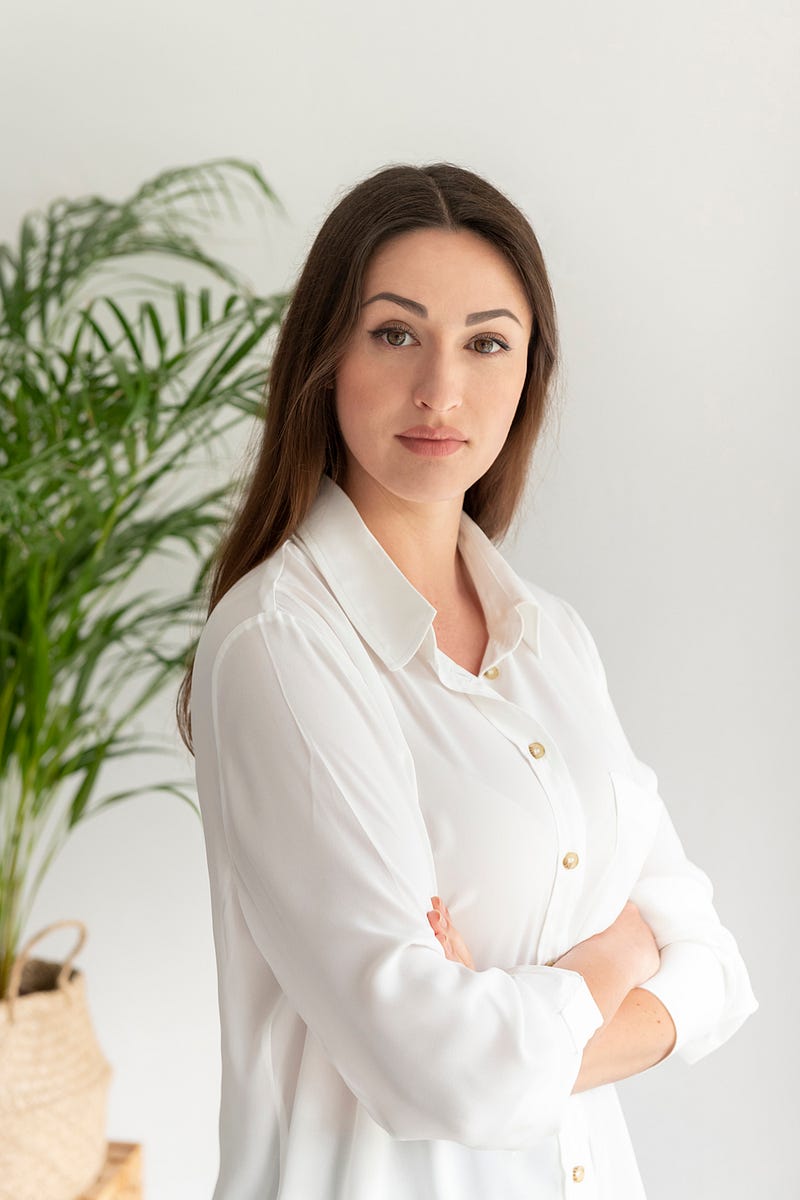
As most interactions these days, the conversation between Maria Mavropoulou and myself about her practice happened virtually. Nothing out of the ordinary in these times you may rightfully argue. And yet never has the virtual space been more appropriate to discuss someone’s work as with Mavropoulou it seems. Throughout the past four years in fact, she has reflected through a variety of lenses on our relationship with the digital, it’s pervasiveness in our daily lives, the complex ways through which we have developed a symbiotic connection to devices that seem to start taking up a life of their own. This is the case also with her latest two series Tear Spit and Cum and Image eaters.
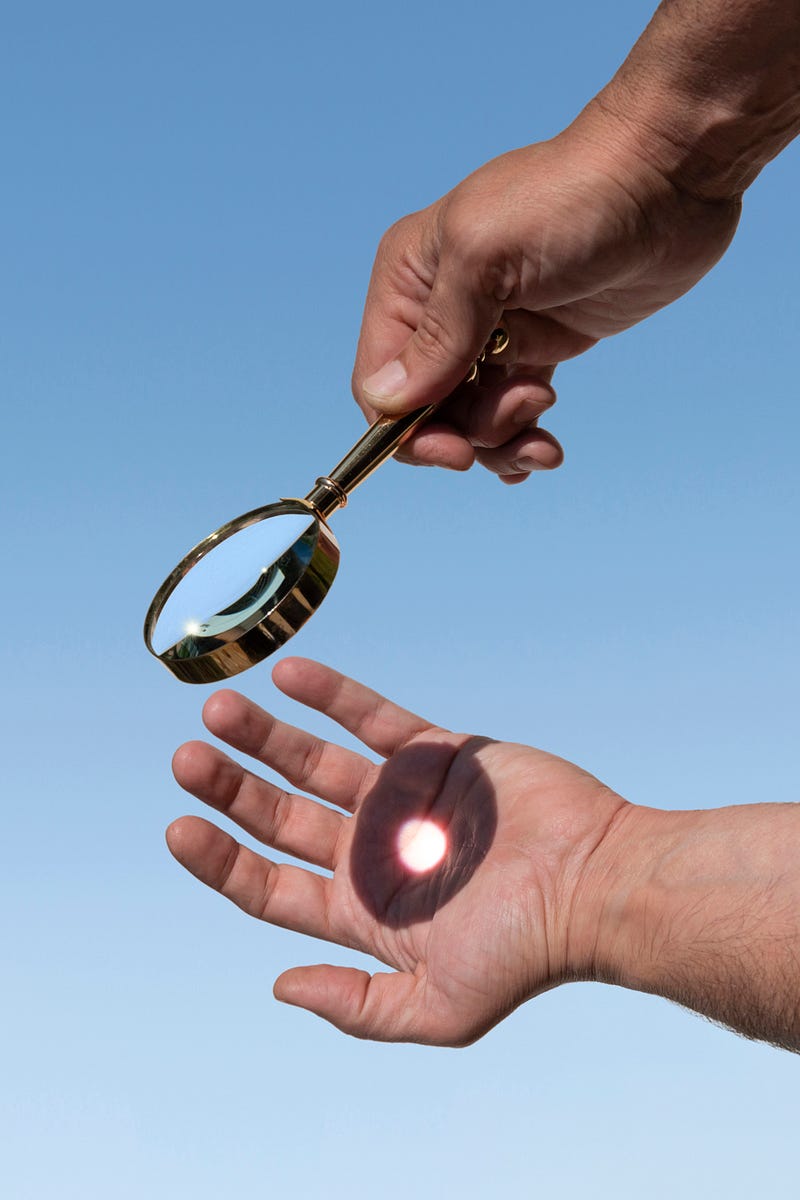
Approaching the two newest series developed by the Athens based artist, who has primarily been working with photography throughout her career and has been a member of Depression Era since 2014, one cannot but stop and reflect on how complex our relationship with screens are, especially in these times of overexposure to digital materials. The two series, developed in parallel throughout the past couple of years construct an intricate critique of the screen, shaped around a double perspective: the first, unfolding in Tear, Spit and Cum is based on the flatness and sterility of the surface of the screen, the second in Image-eaters imagines screens as an anthropomorphic and anthropophagous organic being whose metabolism is kept alive by all the elements (in form of information) we constantly feed it. The resulting relationship is more based on a symbiosis, a win-win food chain, in which the needs of the algorithm for information and interactions are matched by our own human/biological needs to ease and improve our conditions. Mavropoulou elaborating on this in our conversation underlines a positive outlook on our relationship with the digital world, however her words seem slightly at odds with the somewhat disturbing atmospheres presented in the works.
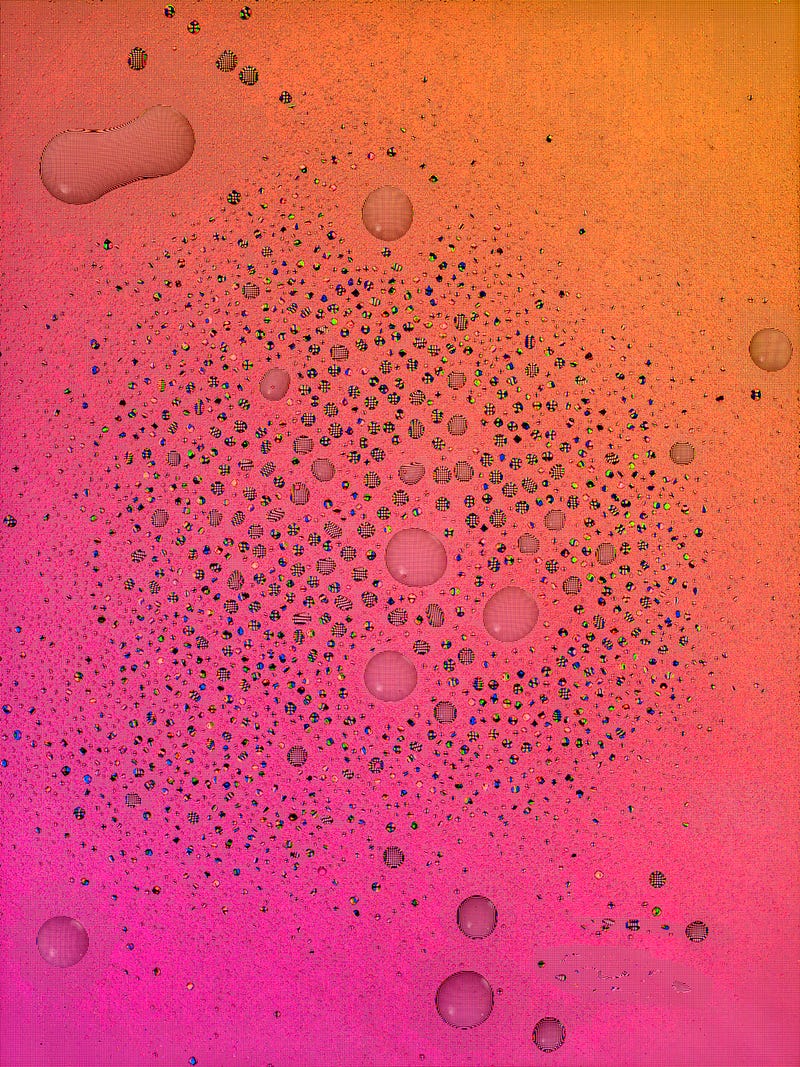
Tear, Spit and Cum features a series of images in which a background colour gradient is overlayed by traces resembling various bodily fluids marking lived emotions. The gradients have been developed by Mavropoulou using samples from sites and apps we’re all grown familiar to, from social media to dating apps to porn sites identified by her as the basic digital architecture we inhabit and give life through our emotions. Her project and the traces of these liquids e/affectively highlight the constraints of a life lived from behind a slick surface of a screen. While we are able to interact, share emotions and even live love stories through the screens, our bodily selves are restrained and obstructed by their surface, leaving behind a mark which at first appears to reveal a kaleidoscopic world of colours but soon exposes all the limit of a digital world made essentially by zeros and ones.
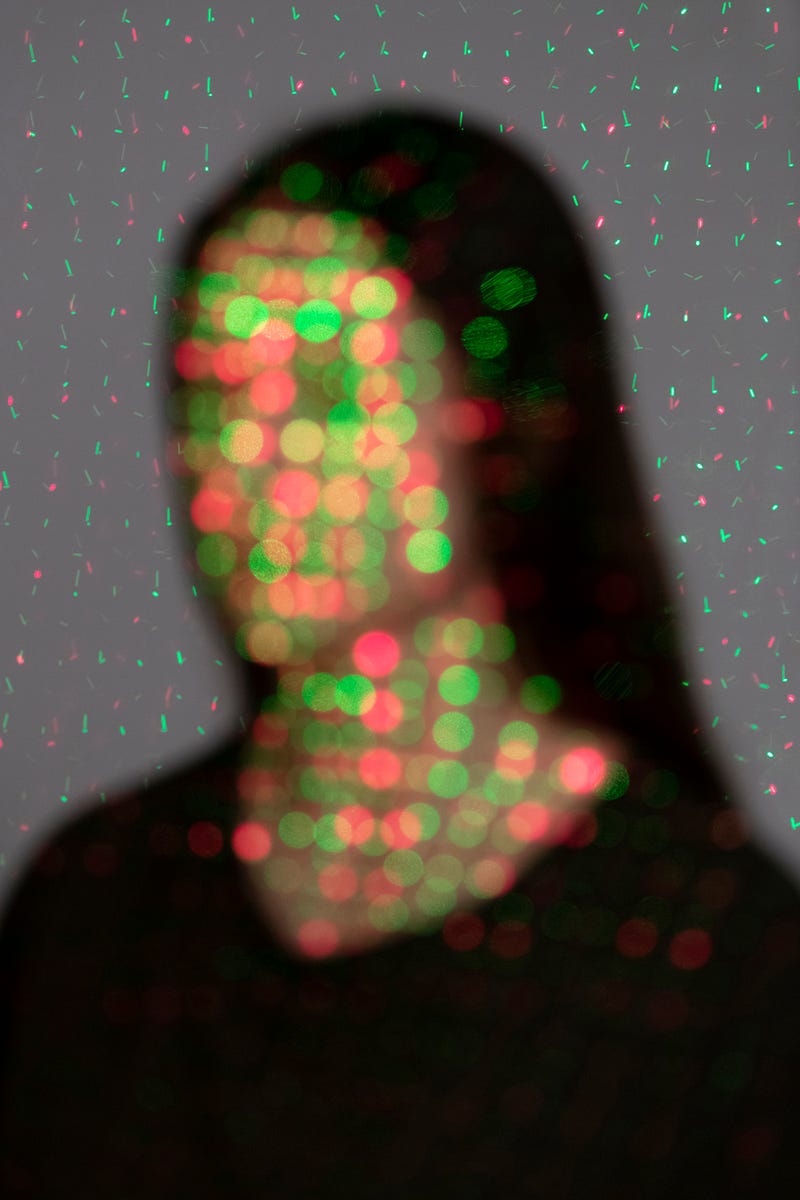
The perspective is completely reversed in Image Eaters in which suddenly we are not observing the digital world from outside but are immersed in a universe of references, visual metaphors, sometimes witty but mostly somewhat disturbing commentaries on the images that constantly surround us when navigating the virtual space. In a project that in many ways departs from her more familiar themes and visual language (and does so convincingly), Mavropoulou seems to find the right vocabulary to complete her thesis on the digital. She does so on the one hand through the titles, in itself a rarity in her practice which leaves this aspect usually open for the viewers to determine, and on the other through the images themselves. The images seem to flirt with the aesthetic of the stock images but recalling what could be defined as a concrete-digital-dystopia while the titles, functioning as a biting commentary on each image, only heighten this sensation of being presented elements of our familiar digital surrounding that make visible its contradictions and sharp edges.
The two series are not Mavroupoulou’s first stint at delving into the dichotomy digital-physical world and feel very much like a consequent step from her project Family Portraits (2017). In it Mavropoulou brings us face to face with familiar images of our homes yet presented with an eerie atmosphere lit exclusively by the many screens of our devices, making up for the absence of human figures.
While observing this earlier work of Mavropoulou one would be more than excused to have their mind travel to hauntology and the concept of the eerie developed by Mark Fisher for example. Even more specifically in his “The weird and the eerie” (2016) he points to the circumstances in which to find the rather elusive concept of the eerie, ascribing it to “the failure of presence”. Think of ancient ruins, or a post-apocalyptic landscape to have an image in mind and of the question hidden behind them about the agency, not whether there was one but whether we’ll ever be able to grasp its true force and rationale. Well, in Family Portraits Mavropoulou manages to large extent to make us face this same feeling not about a distant era and long past lives but about our own existence, about the complex forces of capital, technology and human psychology that made those screen take our place in our homes. By extrapolating the light of the screens in absence of their observers, giving them agency and thus turning them into the silent subjects of the images, Family Portraits delivers a bitter-sweet comment on our world in which the relatable environments of our everyday home is no longer only ours and the terrain of a dispute between us and the forces hidden behind the lit screens.
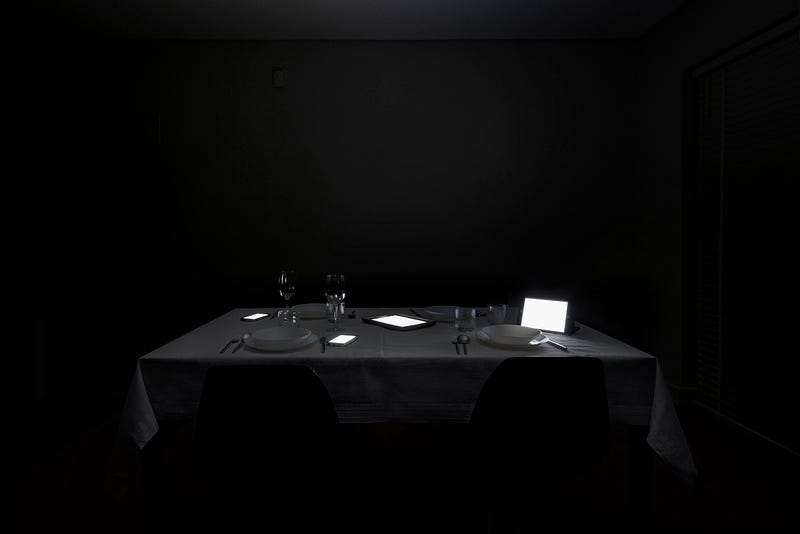
Through our conversation what emerged is the keen interest to observe rather than bring judgment to the specific way we interact with the digital, the fact that while it certainly opens fundamental and dramatic questions on our way of living the digital environment is not by any means a full substitute to nature and the physical world. The images and thoughts through which Mavropoulou is developing her last few years of practice are a mirror of our society rather than a manifesto for or against the increase of our digital selves.
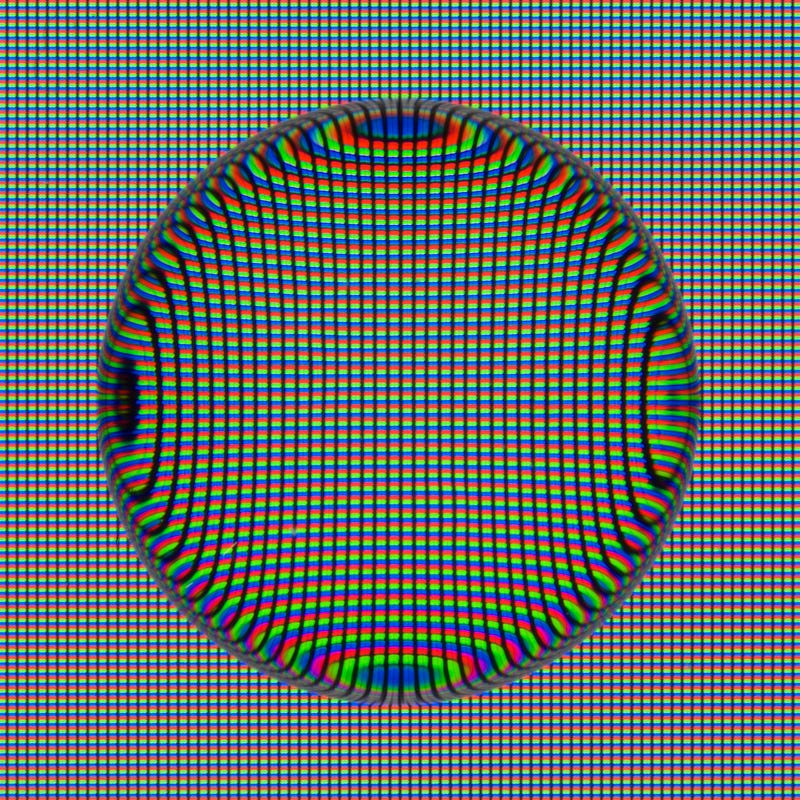
Christian Oxenius is a German-Italian independent curator, author and researcher living between Athens and Istanbul. His academic background in sociology and urban studies led him to pursue a PhD at the University of Liverpool on biennials as institutional model, during the course of which he established collaborations with Athens, Liverpool and Istanbul Biennial; during this period, he developed a particular interest in artists’ communities and storytelling. His research into experimental writing on art has resulted in a number of exhibitions and publications of international relevance.



